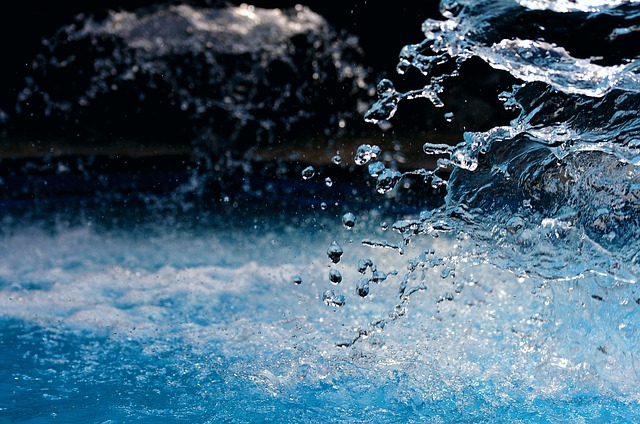Texas homeowners face diverse weather conditions requiring understanding of water mitigation and homeowners' insurance coverage. While policies often include water damage protection, "Does homeowners insurance cover water mitigation in Texas?" is crucial to know before emergencies like burst pipes or flooding occur. Reviewing policy language regarding additional living expenses, water backup, and specific causes of water damage ensures adequate coverage. Consulting agents, checking limitations and deductibles, taking preventive measures, and using leak-resistant fixtures minimize risks and financial losses from water-related incidents in Texas.
In Texas, where unpredictable weather patterns can lead to severe flooding, understanding water mitigation is crucial for homeowners. This comprehensive guide explores the significance of swift action during water leaks and how it can prevent extensive damage. We delve into the specifics of homeowners’ insurance coverage regarding water mitigation, answering the pressing question: does your policy offer protection? Learn proactive steps to prepare and navigate water leak mitigation, ensuring peace of mind in the face of unexpected disasters.
- Understanding Water Mitigation and Its Importance in Texas Homes
- Unraveling the Coverage of Homeowners' Insurance for Water Mitigation
- Proactive Steps to Prepare and Navigate Water Leak Mitigation in Texas
Understanding Water Mitigation and Its Importance in Texas Homes

In the diverse landscape of Texas, where varying climates and weather patterns can unexpectedly bring torrential rains or prolonged droughts, understanding water mitigation becomes paramount for homeowners. Water mitigation refers to the process of identifying, containing, and removing excess water from affected areas after a water-related incident, be it a burst pipe, heavy rainfall, or flooding. This critical step is essential in mitigating potential structural damage, preventing mold growth, and saving valuable possessions.
For Texas residents, knowing whether homeowners insurance covers water mitigation is a crucial consideration. Many standard policies do include coverage for water damage restoration as part of their comprehensive or all-risk coverage. However, the specifics can vary significantly between insurers. Thus, reviewing your policy or contacting your insurance provider to understand the extent and limitations of water mitigation coverage is a wise step before any water-related emergency strikes.
Unraveling the Coverage of Homeowners' Insurance for Water Mitigation

Understanding what your homeowners’ insurance policy covers when it comes to water mitigation is crucial, especially in regions prone to flooding like Texas. Many policies include specific provisions for water damage and related restoration costs, but coverage varies significantly among insurers. Common causes of water damage that could trigger a claim include burst pipes, leaks from appliances, and heavy rainfall.
In Texas, homeowners should review their policy’s Language regarding “additional living expenses” and “water backup” coverage. Does homeowners insurance cover water mitigation in Texas? Yes, many policies do, but it’s essential to confirm the extent of coverage. Some insurers offer comprehensive protection, while others may require additional riders or have specific exclusions for certain types of water damage. Reviewing your policy document and discussing options with an agent is key to ensuring adequate protection during unforeseen water-related incidents.
Proactive Steps to Prepare and Navigate Water Leak Mitigation in Texas

In Texas, where severe weather events are common, proactive preparation for water leak mitigation is essential for homeowners. One of the first steps is to review your homeowners insurance policy, specifically focusing on coverage for water damage. Does homeowners insurance cover water mitigation in Texas? Yes, many policies include protection against water-related disasters, but understanding the specifics is crucial. Check your policy’s limitations and deductibles; some policies may have exclusions or require specific actions to be taken before filing a claim.
Additionally, homeowners should take preventive measures such as regularly inspecting pipes for signs of wear and tear, addressing leaks promptly, and installing water detection systems. Regular maintenance can significantly reduce the risk of major water damage events. Ensure your home is equipped with reliable fixtures and appliances known for their leak-resistant design. Proactive steps not only protect against financial losses but also help mitigate potential structural damage caused by prolonged water exposure.
In Texas, understanding water mitigation and proactive preparation are key to safeguarding your home. Knowing that does homeowners insurance cover water mitigation is crucial for effective navigation during emergencies. By taking proactive steps, such as regularly checking appliances and pipes, you can minimize damage and leverage your insurance coverage effectively. Staying informed about water leak mitigation ensures a smoother process and helps protect your investment in the event of unforeseen water-related issues.
